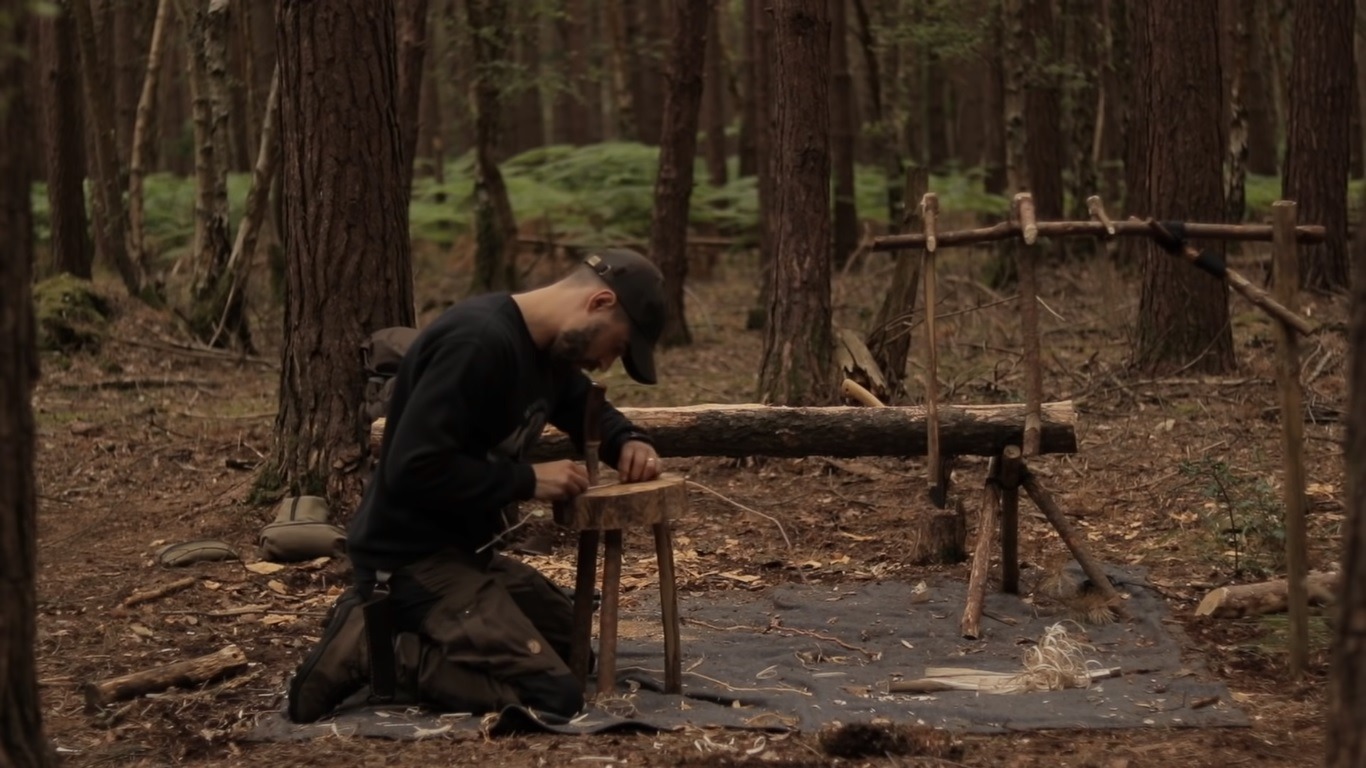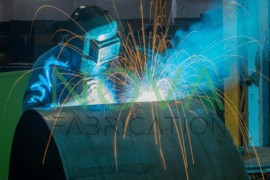Good product design is simple yet easy to pick up. It’s why things like the iPod were revolutionary years ago. You could pop Apple’s music player into your grandparents’ hands, and they would figure out a way to use it in minutes.
But good product design can also be versatile, allowing a single object to do a lot of tasks. This goes for things like the hammer, the smartphone, and of course, the knife.
The bushcraft knife, in particular, is a tool with a variety of uses. While you can use it indoors just like any other knife, its usefulness shows itself when you’re outdoors in the middle of nowhere.
Just take a look at the many ways Mike Pullen uses his bushcraft knife when surviving outdoors:

As with all small blades, the bushcraft knife’s primary purpose is to cut things. Thanks to its full-tang design (meaning the steel runs down the entire knife), you can cut through a wide range of things without worrying about the blade slipping through your fingers.

Mike typically uses a bark peeler to prevent bugs from crawling up his wooden shelters, but his bushcraft knife works just as well. He can create a makeshift handle by driving the knife through a small stick. He will then pull the knife towards him, peeling the bark off of any wood he needs.
Despite its shorter cutting edge, you can still use the bushcraft knife to split logs and wood to your desired shape. This is useful for creating structures, but it is much handier during rainy weather.

Lighting damp wood is tough, but you’ll find that the inside is still quite dry if you cut away the wet bark. Cutting this dry wood can provide you with firewood and kindling – two things you’ll need at night or in the rain.

The back of the blade can be just as valuable as the sharp side. You can use it to peel the bark off of roots, turning them into flexible cordage.

Mike also mentioned in his video that you can use the blade’s spine to replace the steel in flint and steel. Since the spine is roughly the same width as the steel, properly striking it against a flint or ferro rod will allow you to start a fire. Though you could use the sharp edge to achieve the same results, this is far more dangerous and can reduce the overall cutting ability of your knife. That being said, it is best to stick to the blade’s spine for starting fires.
Mike Pullen’s video is worth watching in its entirety, as he both explains and demonstrates various bushcraft techniques he has learned over the years. You can check more of his stuff on his survival channel, TA Outdoors.






